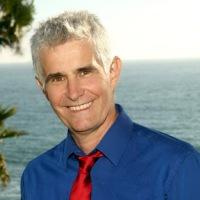The single best piece of advice I can give would be to encourage you to order a copy of Garr Reynold's "The Naked Presenter" and read/skim it cover to cover! It's by far the best book out there on the subject of presentation skills and public speaking. Beautiful to look at and inspiring to read, I consult this book as a resource more than any other in my extensive business library.
You can also visit the author's website at GarrReynolds.com and click on the "Presentation Tips" tab to find his key suggestions broken down into three phases: Prepare; Design; Deliver. This will definitely help you out. You can also find more of his "Presentation Zen" tips in video form on youtube.
To me, among the key things to keep in mind are:
* Our company's motto is the "3 E's": "Educate, Engage, & Excite"...and that is what every presentation should aspire to do. Educate (aka Inform) is about your content, or what you want your audience to know, to understand, and to learn; Engage (aka Interest) is about how you are going to capture and hold people's attention; and Excite (aka Inspire) is about getting people emotionally moved and positively motivated. If your presentation does all three of these things well, you will be successful.
*Remember these two acronyms: WSIC & WIFM, because that is what your audience will be thinking about anything and everything you say: "Why Should I Care?" and "What's In it For Me?" Your message should be all about THEM.
*And if you use PowerPoint slides, see everything Garr Reynolds has to say! Stay away from bullet points and definitely do not read off the screen. Make it visual, engaging, and fun...and use the power of metaphor, analogy, visual imagery, and visual storytelling to inform, interest, and inspire your audience.
I hope this helps! Any other questions, feel free to contact me anytime. Good luck!


















